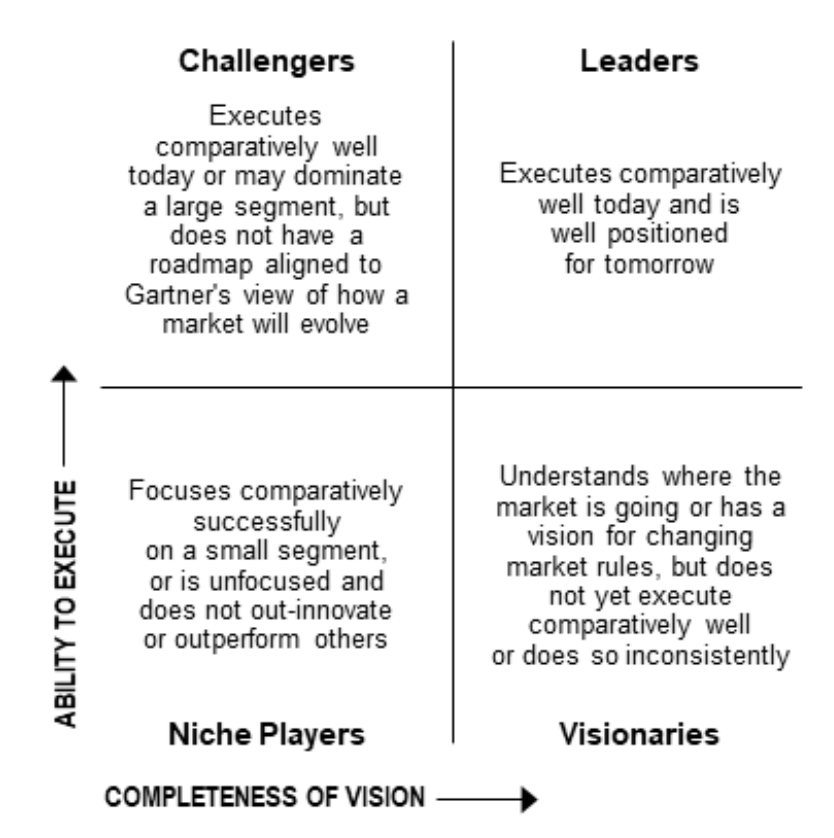Do You Need To Keep Track of Your Competitors?
The Value of Knowing Who Your Competitors Are
By Lenka Davis
For a technology startup there are good reasons to know who your competitors might be. And, to check in on what your competitors are doing, occasionally. There is no need to obsess about your competitors because “keeping your eye on the ball”, meaning your business, is more important. You, however, also want to keep your “ear to the ground” to stay up to date with what is happening in your industry and where it is heading.
What is working, what kinds of customers are adopting the technology and how are they using it is information you gather when researching your competitors.
“you should be thinking not about where the company is competing, but where it is going to be competing”
Where to find your competitors
Competitors surface in all sorts of locations so keep your eye out when reading newsletters and attending conferences along with doing searches online. A list of where to start looking for your direct and indirect competitors:
Newsletters
Conferences
Online searches
Analyst Reports
SBA Small Business Data and Trends
Word of mouth
Sign up for newsletters that list newly funded or continually funded companies. Local conferences can be a great way to hear the current topics listed, and to meet and catch up with colleagues working in the industry. For online searches check out websites, social media presence and customer reviews.
Differentiating your business from your competitors is a benefit
Below is a list of some of the areas to focus on when researching your competitors. Depending on your business some of these will be more or less important. This is not a complete list but rather highlights some main areas to start.
Highlight what differentiates your business from competitors. This will evolve from the research you do on your competitors and can be used in your messaging and to build your brand.
Understand what segments of the market your competitors focus on versus what you focus on to help customers make the best decisions.
Are you only servicing companies in the US or Europe?
Do medium or small size companies prefer your products or services?
Are you supporting the internal marketing department within a large company or a marketing agency that has clients that are enterprise sized companies?
Are you serving enterprise customers or a specific market segment such as construction or education, legal, etc?
How long has your competitor been in business? Is it a few months or decades? Some technologies benefit from being a startup and some benefit from having the support of a bigger company infrastructure or established processes.
Long Term Benefits of knowing who your competitors are:
In the end knowing who your competition is could help your solution or product survive. Most startups or small companies have in their business plan both a competitors list and an acquirers list. The ever changing landscape of startups and small businesses requires a business to be ready for all possible outcomes. A few possible outcomes could be a merger, an acquisition or even beneficial partnerships and alliances to help the business thrive.
Companies acquire technologies to get ahead of their competitors. It tends to be cost effective and time efficient to buy the technologies you need rather than build them all in-house. Or they merge businesses to expand their services or features to their existing customers to keep them happy and loyal.
At a minimum, the benefits help identify the market gaps and opportunities. Staying ahead of industry trends or at least giving you insight into emerging technologies, and industry trends. This will help you pivot.
Using the Gartner Magic Quadrant
Plotting your competitors on the Gartner Magic Quadrant “helps you quickly ascertain how well technology providers are executing their stated visions and how well they are performing against Gartner’s market view.”
The quadrant has you use two scales, one is for the competitors ability to execute and the other is for the competitors completeness of vision. Placing your competitors into one of the four quadrants gives you a visual on where they all stand compared to your business. The four quadrants are Leader, Challengers, Niche Players and Visionaries. This image provides you with the definitions of each quadrant.
Fun Fact
In a cautionary tale, and full of Silicon Valley drama, Cisco Systems’ purchase of the Flip Video camera in 2009 was an example of not keeping an eye on the competition. At the time Apple had already launched a smart phone with a basic camera. It only took two years before Cisco killed off the product, even though it was still “top-selling camcorder on Amazon.com”. Many other businesses were eaten by the smartphone such as music, photography, and navigation related just to mention a few. On the other hand a huge number of new opportunities grew from this shift to the smartphone, including e-commerce, streaming services and so many in the on-demand services area, to again name a few.
Need help with your marketing efforts? Contact Us for a free 30-minute consultation.


